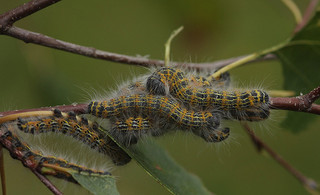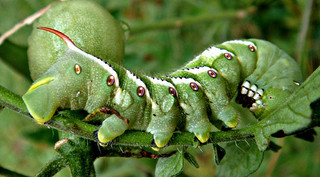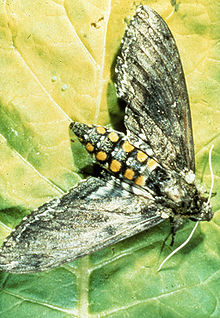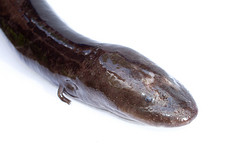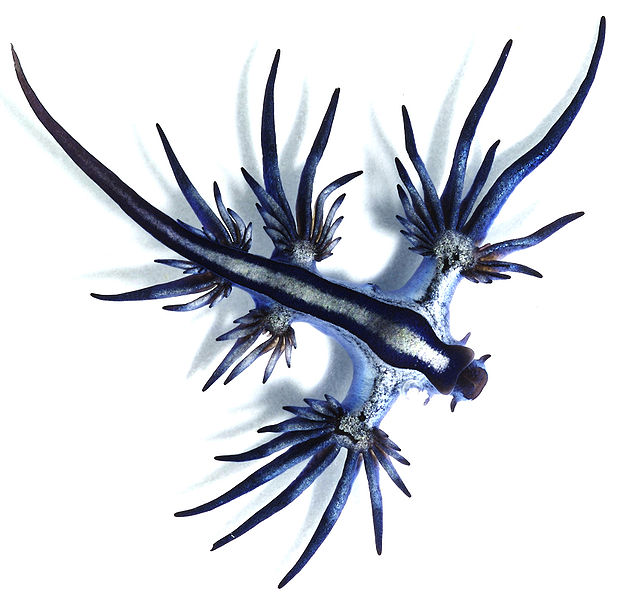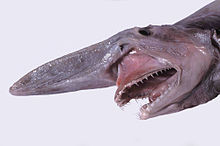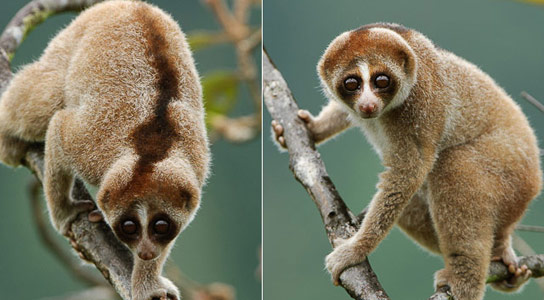Week 24th to 30th June 2013
How did you do with this week’s Mystery Creature? A few correct answers… it is the Leaf nosed snake (Langaha madagascariensis)!
 |
| photo credit: wil p via photopin cc |
These snakes are unique to Madagascar and have these unusual extended “nose” appendages. The shape of the snout varied between the sexes (sexually dimorphic), the female’s is more broad and serrated and the male’s is longer and more pointy. The females are typically grey in colour while the males are usually brown on top and yellow on the underside of their bodies.
 |
| photo credit: David d’O via photopin cc |
The nasal appendage is present from birth, though it is folded in to expose the egg tooth.
Leaf nosed snakes feed mainly on lizards and frogs and are thought to be ambush feeders. They are arboreal snakes and are often observed hanging straight down from branches, noses pointing to the ground. Their shape and colouring camouflage them well. They are found in deciduous dry forest and rain forests.

